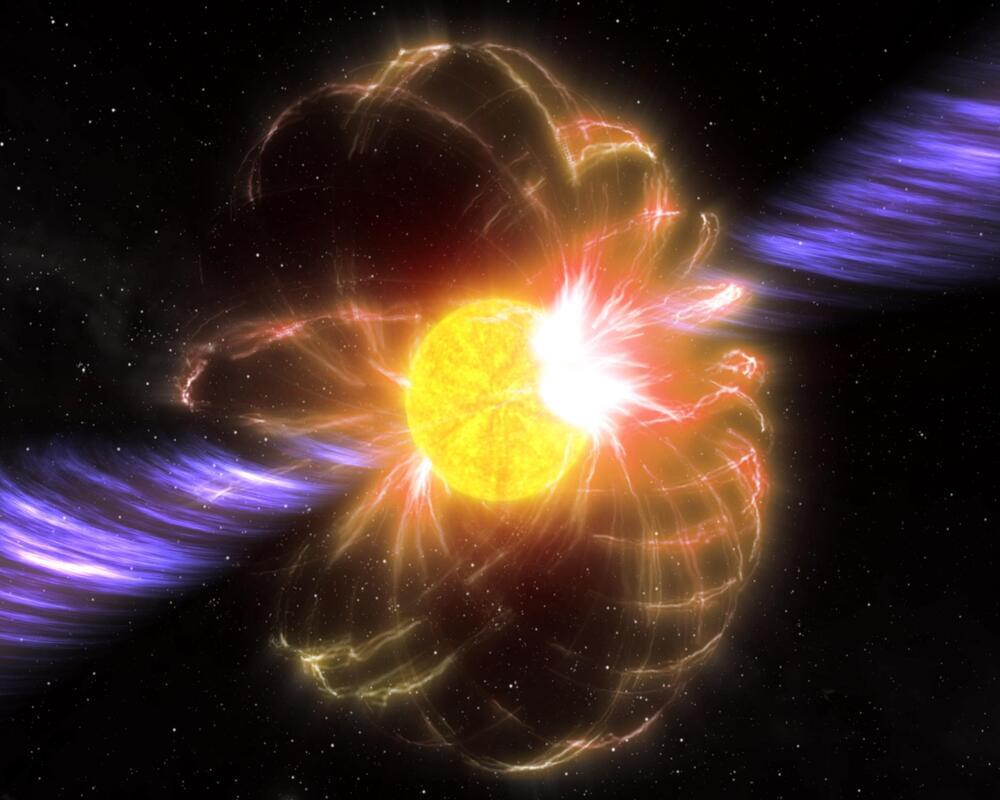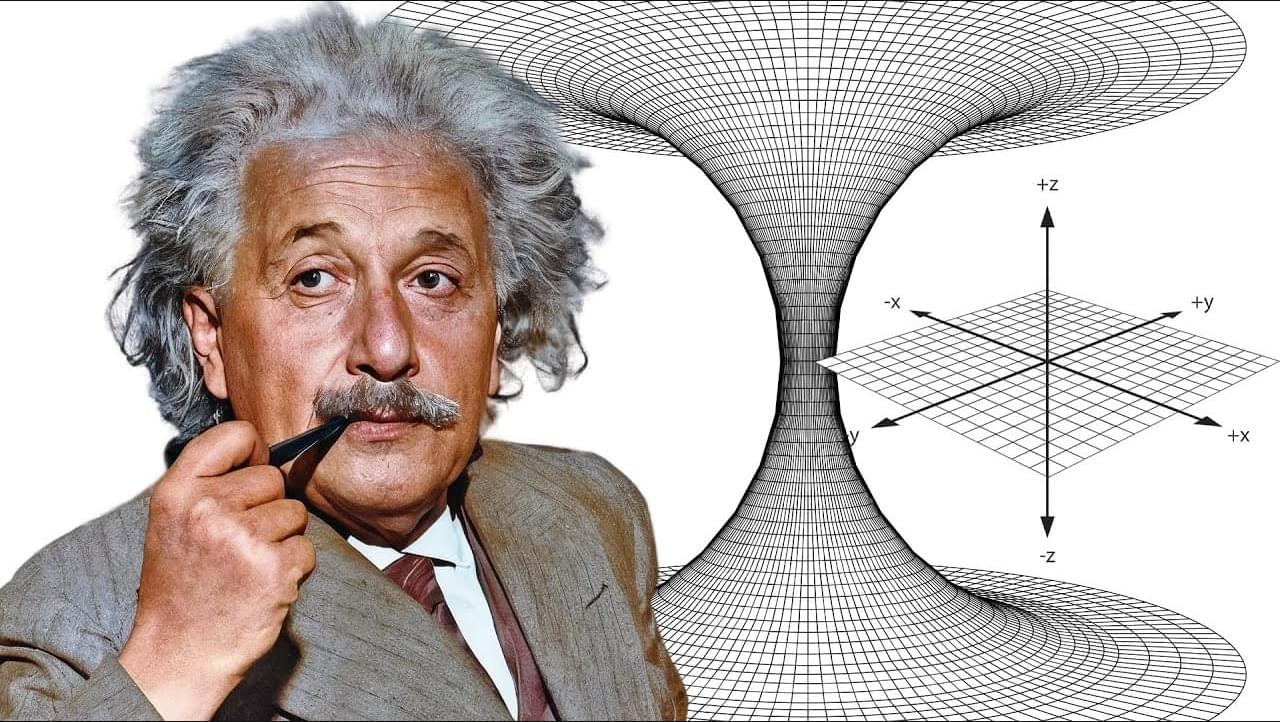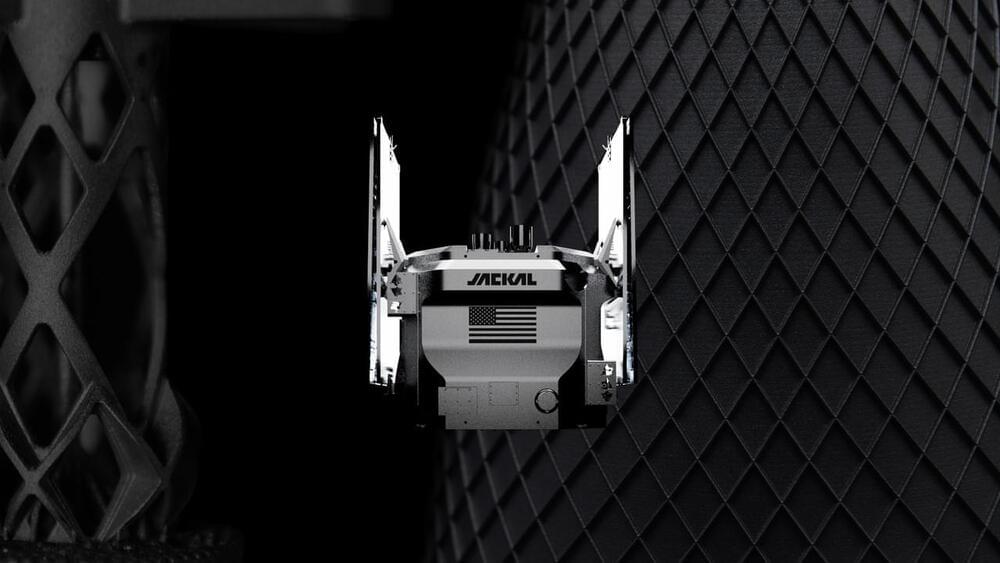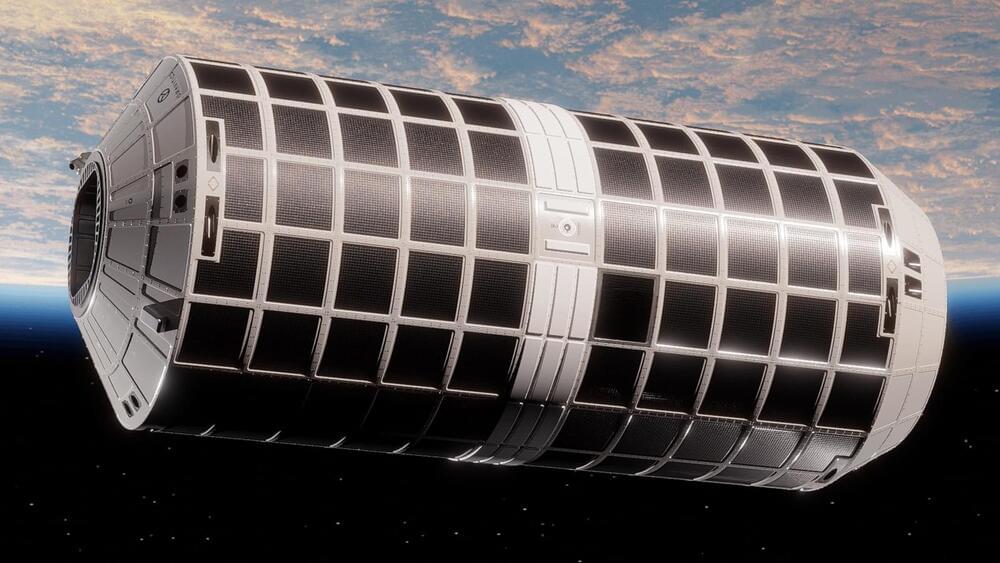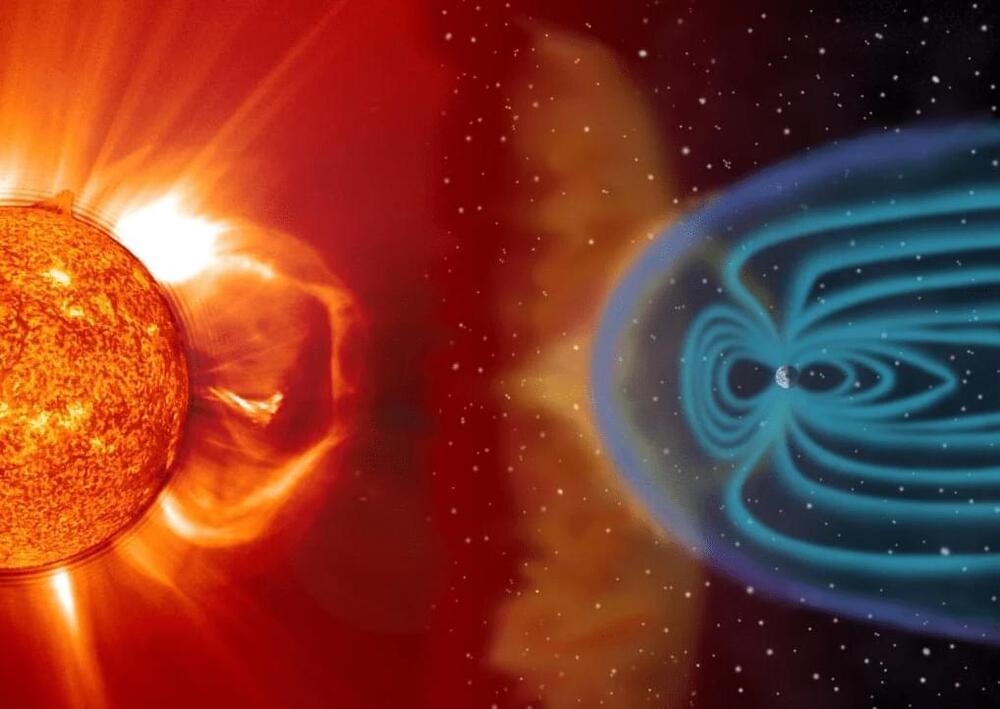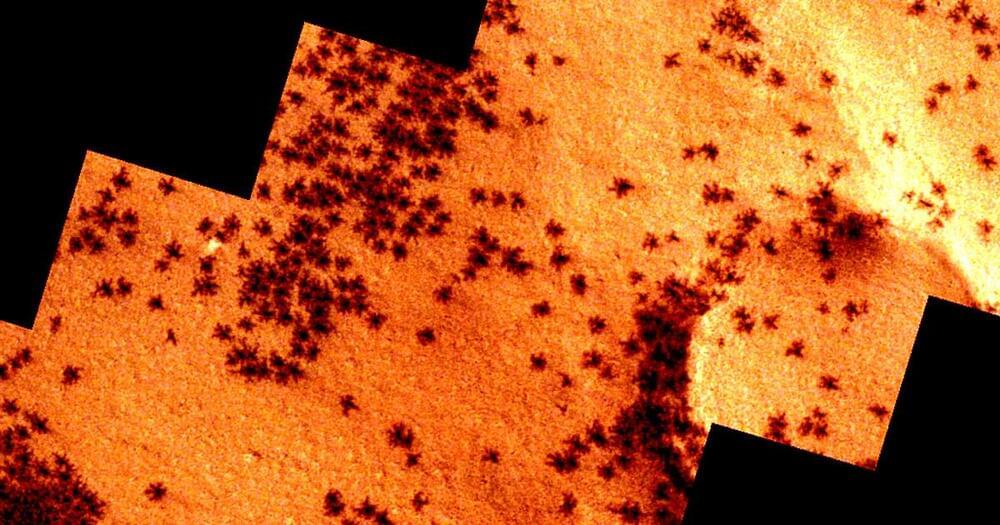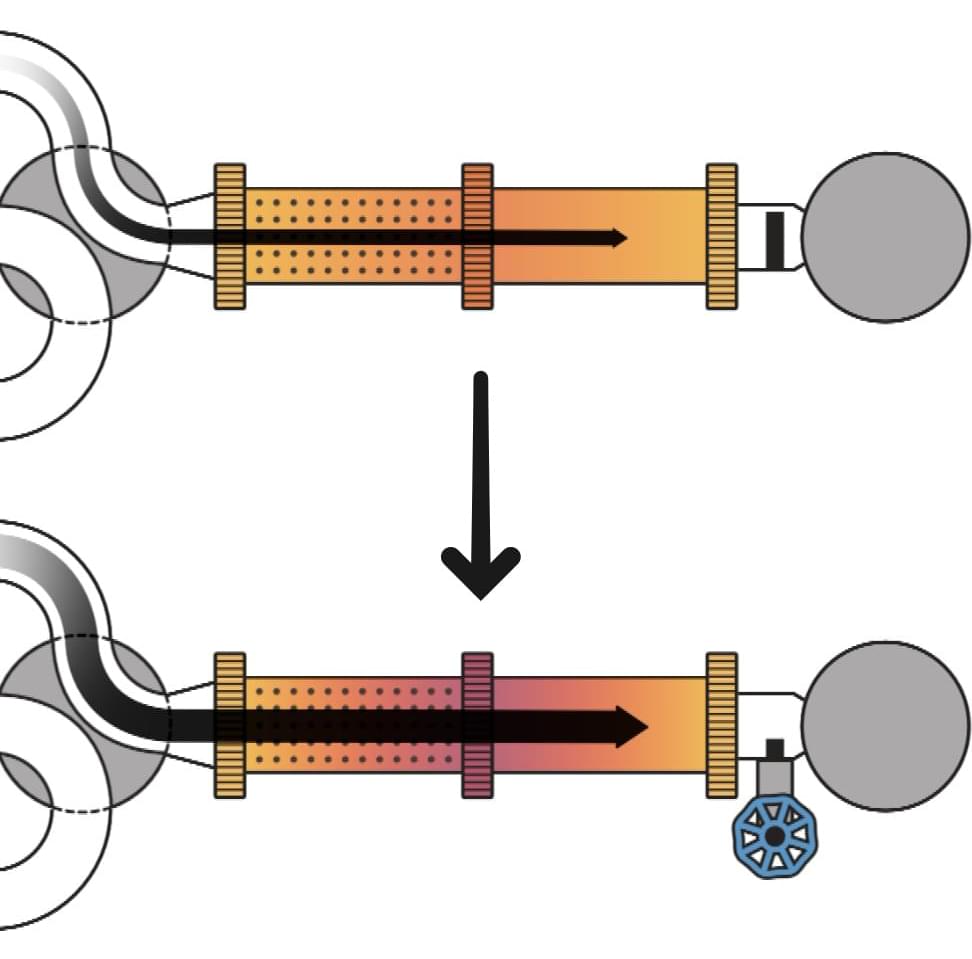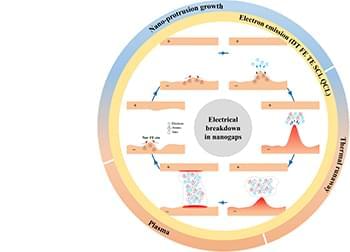
With the continual miniaturization of electronic devices, there is an urgent need to understand the electron emission and the mechanism of electrical breakdown at nanoscale. For a nanogap, the complete process of the electrical breakdown includes the nano-protrusion growth, electron emission and thermal runaway of the nano-protrusion, and plasma formation. This review summarizes recent theories, experiments, and advanced atomistic simulation related to this breakdown process. First, the electron emission mechanisms in nanogaps and their transitions between different mechanisms are emphatically discussed, such as the effects of image potential (of different electrode’s configurations), anode screening, electron space-charge potential, and electron exchange-correlation potential. The corresponding experimental results on electron emission and electrical breakdown are discussed for fixed nanogaps on substrate and adjustable nanogaps, including space-charge effects, electrode deformation, and electrical breakdown characteristics. Advanced atomistic simulations about the nano-protrusion growth and the nanoelectrode or nano-protrusion thermal runaway under high electric field are discussed. Finally, we conclude and outline the key challenges for and perspectives on future theoretical, experimental, and atomistic simulation studies of nanoscale electrical breakdown processes.
